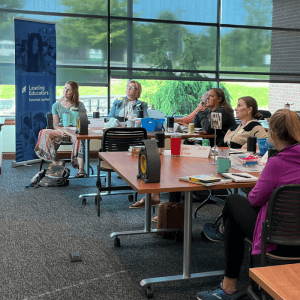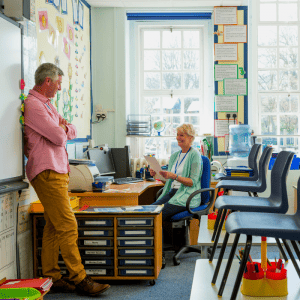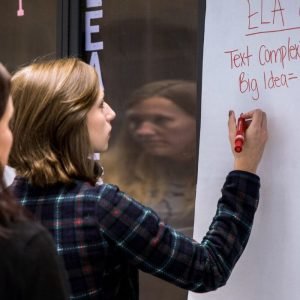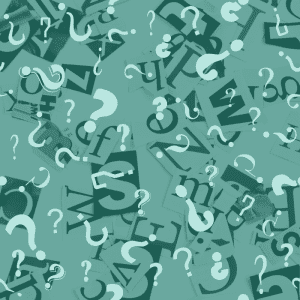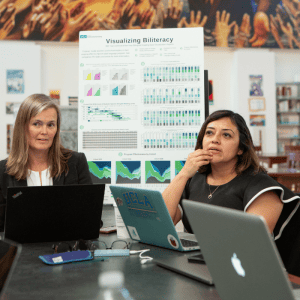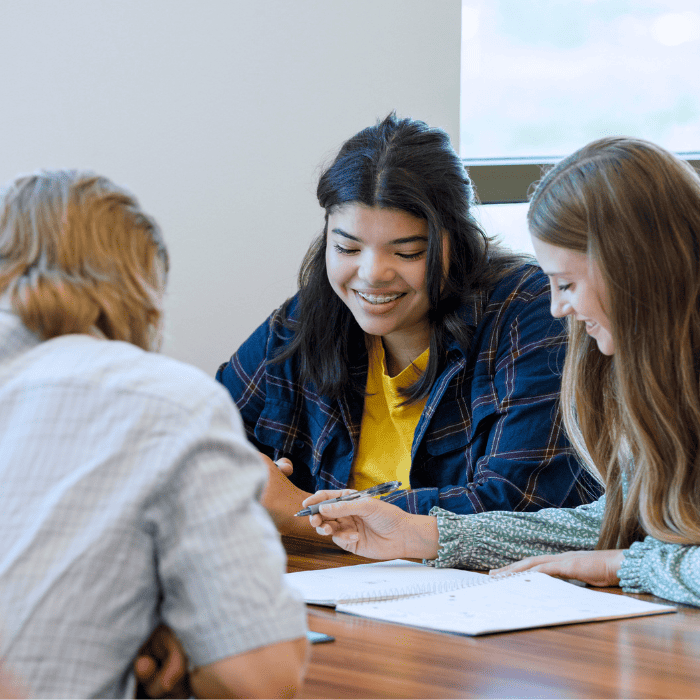
Using Reading Science to Support Secondary Students
03/15/2024

Part 1: Imagine What’s Possible
Pneumonoultramicroscopicsilicovolcanoconiosis.”
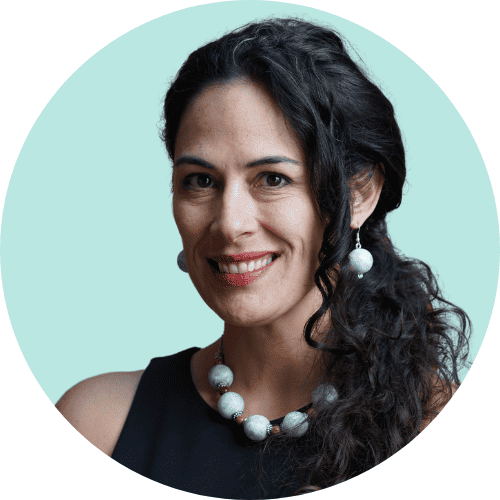
There is a densely packed class of 10th graders in a large, urban high school in Southeast Michigan intently studying words like this in their linguistics course each day. They learn how morphology unlocks meaning in complex words. They practice decoding long words – and shorter ones, too. They apply what they’re learning about the science of reading and the semantics of language to better understand the content in their Chemistry and American History courses. It also prepares them for high-stakes assessments like the SAT and M-STEP.
If you assumed this was happening in an IB program or an AP track, think again.
A few innovative teachers tasked with improving the outcomes of students reading below grade level are taking a novel and highly effective approach to closing the opportunity gap.
These teachers have created a solution for a problem few secondary educators are acknowledging: debunked and harmful reading programs embedded at elementary schools have left a majority of our middle and high school students unable to decode basic text. The evidence of how we have failed students for over a generation can be seen in our national reading scores.
The students in this linguistics course learn foundational skills to bolster their word recognition and language comprehension in a challenging and age-appropriate way. There is no stigma and no sense that what they are learning is for elementary kids—because what they’re doing was made for them, not for a K-2 classroom.
What is Different About the Needs Secondary Readers Face
Approaches such as whole language, balanced literacy, three-cueing, readers workshop, and leveled reading have ignored what we know about how the brain learns print concepts. Yet, the research on cognitive science has been available for 50 years. The ensuing harm comes when our curriculum and instruction ignore that the science affects older students in innumerable ways. Some of the most egregious are:
- Reading comprehension strategies will have no effect on students who don’t meet the decoding threshold by 5th grade. When all the cognitive energy is spent on word recognition, there is little left for making meaning. This results in students being left farther behind each year.
- Not being able to comprehend complex texts at grade level leads to a deep content knowledge gap: students without background knowledge struggle to connect with and understand new concepts. Research shows there is no such thing as a ‘reading’ test; knowledge of the text’s subject is what determines success.
- Consistent difficulties with reading widen the opportunity gap, which disproportionately impacts students of color and students who are already marginalized: not being taught the “code” leads to a lack of self-efficacy and little desire to read. Families without the means or pedagogical acumen on the science of reading do not have equal access to the private tutoring and expertise other students receive to learn how to read.
These destructive instructional approaches are still entrenched in most university programs for aspiring educators. Even today, many elementary teachers are believers in Lucy Calkins’ disproven theories — likely because the problems they create aren’t fully apparent until the upper grades when picture books and subjective oral reading assessments are removed.
What Can Be Done?
While a fresh start is desperately needed to set our youngest, most eager learners up for success, the question about what to do for the majority of our students in grades 3-12 remains. A “do-over” seems barely achievable even at K-2, with the cost of materials, training, and support needed for the “unlearning” around reading instruction. Figuring out how to do it at the upper-grade levels feels uncomfortable and difficult; too big of a problem.
There’s good news, though.
Wide publicity on the science of reading has led some districts to emphasize evidence-based literacy instruction that centers foundational skills like phonics, phonemes, graphemes, and morphemes in the early grades.
More curricula are released each year aligned to the science of reading for elementary, many of which simultaneously build key knowledge of science and history concepts (see CKLA, Bookworms, The American Reading Company, etc.). More teachers, many on their own time and dime, are learning what they didn’t get in college about what works when teaching kids to read through reading conferences, webinars, blogs, and community groups. State boards of education have started to embrace the science of reading as well, with states like Michigan sponsoring training for PreK-3rd grade teachers. States like Louisiana and Tennessee are writing their own science of reading curricula. Incredible work has also been done at the University of Florida Literacy Institute to support k-2 literacy instruction.
A Call to Action
Middle and high school teachers continue to show up every day for their emerging readers, determined not to give up on the communities they serve. The rest of us must ask ourselves:
- Are we okay with letting our secondary teachers carry the load of closing the literacy gap on their own?
- Do we expect our students’ families to carry the burden of intervention?
- Are we going to accept another cohort of students moving through 13 years of school without the skills and knowledge they need to pursue their potential?
If you answered “no” to any of those questions, tune into the next in Part 2 and Part 3.
Want more support?
Our Science of Reading Network offers tailored services to school systems, public charter networks, and states that are working to bolster their literacy.




